Top photo – USAID Mozambique Mission Director Helen Pataki visits with members of the local Girl’ clubs. Photo – Larissa Sousa.
Monday, August 26, 2024 – From restoring wildlife populations to empowering communities through education and economic growth, the partnership between the US Agency for International Development (USAID) and Gorongosa National Park is a symbol of what can be achieved when people and nature come together.
This week, as USAID officials return to celebrate a 20-year partnership, they will also work with the Park staff to outline future programs for the next five years.
Together, with funding from other donors and support from the Mozambican government, USAID has supported the Park’s efforts to reintroduce and protect key wildlife species; improve education, health, and water services; increase local incomes; and end early childhood marriage—for 20 years.
“USAID is one of our very first partners,” said Greg Carr, founder of the Gorongosa Project. “Their support for Gorongosa National Park and the local people—starting with an initial visit by Tim Born, Jorge Ferrao, and Jay Knott—has been instrumental in our progress. Today, with more than 1,800 employees, we’re the largest employers in Sofala Province.”
Rebuilding Wildlife Populations
After the USAID/Gorongosa Project partnership began in 2004, the federal agency began supporting a wide range of initiatives in Gorongosa National Park including wildlife protection, habitat restoration, and conservation. Today, there are over 100,000 animals in the park, including elephants, lions, hippos, antelope, painted wolves, hyenas, and leopards. USAID grants also support the hiring and training of park rangers, veterinary care, and pangolin rehabilitation. The agency is also a primary player in the Park’s Human Wildlife Co-existence program, notably through the construction of beehive fences.
Education: Building a Brighter Future
Education is a key part of the Park’s partnership with USAID. Through initiatives like Girls Clubs, Youth Clubs and EcoClubs, the Park is creating safe spaces for young people to share experiences and find support. These programs, along with teacher training and peace-building initiatives, are fostering a new generation of conservation leaders. Youth Clubs produce a radio show featuring local topics, and students benefit from a mobile library. Teachers’ Clubs are boosting teacher confidence and student engagement in the classroom. USAID is helping construct schools across six districts, expanding educational opportunities. Their support of the Masters in Conservation Biology program is preparing Mozambicans to safeguard the Park’s future.
On August 21, USAID Mission Director Helen Pataki and members of her team met with the Nhamatanda district government and visited one of the 26 schools it is funding with technical assistance from UN-Habitat and implemented by the OIKOS Organization.
USAID officials meet with local community members and tour one the first USAID-funded 26 schools of the resilient infrastructure project in Nhaminimini. Photo-Larissa Sousa
Health Initiatives: Linking Community and Conservation
The future of Gorongosa National Park and its surrounding communities is closely tied to the health and prosperity . USAID is investing in healthcare and sanitation, building clinics, establishing mobile health units, training community health workers, and promoting child nutrition. Annually, these efforts reach 200,000 people through mobile medical clinics, traditional birth attendants, and community health workers. The WaSH program is improving access to clean drinking water and sanitation.
Hercilía Chipanga, a senior community development manager for Gorongosa National Park, received the prestigious 2024 KfW-Bernhard-Grzimek Award this month (10/24). Her work, funded by USAID, focuses on Community Based Natural Resources Management and Governance, Conservation Education and Human Wildlife Coexistence. Her efforts are vital to protecting the Park’s future, while fostering sustainable socio-economic development in the six districts surrounding the Park. She believes the award is a testament to the collaboration and the unwavering support of USAID.
“This recognition highlights our commitment to preserving Gorongosa’s natural heritage while helping local communities thrive.” she said.
Sustainable Community Development
USAID’s commitment to sustainable development is creating sustainable incomes for local residents through coffee cultivation, honey production, cashew farming, chili growing, and fish farming. They’re helping Park officials replace destructive sources of income including illegal hunting and mining, and slash and burn logging.
A Global Model for Conservation
As Gorongosa National Park continues to grow, the partnership between USAID, the Gorongosa Project and other donors serves as a global model for conservation, ensuring biodiversity is protected for generations to come. Graduates from the Masters in Conservation Biology program are driving positive change inside the park and far beyond its borders.
“This project is a testament to the power of collaboration,” Carr remarked. “Our successes are tangible and go beyond Gorongosa National Park. With the support of USAID and our many other partners, the Gorongosa Restoration Project clearly demonstrates how environmental conservation and community development can work hand in hand for the benefit of all.”
In addition to USAID, More than 100 donors and supporters contribute to the success of the Gorongosa Restoration Project, including the Government of Mozambique, the Kingdom of the Netherlands, Canada, Norway, Ireland, UNDP, GEF, National Geographic, the Howard Hughes Medical Institute, the European Union, Aquaria International Foundation, Rainforest Trust, Oak Foundation, and Camões – Instituto da Cooperação e da Língua to name a few. For a complete list of partners, visit Gorongosa’s partners and donors page.
About USAID
The US Agency for International Development is a federal agency of the United States government, focused on international development, humanitarian aid, and fostering global partnerships. The 63-year-old agency began in 1961 and is primarily responsible for administering civilian foreign aid and development assistance. With a budget of over $50 billion, USAID is one of the largest official aid agencies in the world and accounts for more than half of all U.S. foreign assistance—the highest globally in absolute dollar terms. USAID recently celebrated its 40th anniversary in Mozambique and since 2004, has has played a crucial role in the development of Gorongosa National Park, one of the largest and most successful conservation efforts in the region.
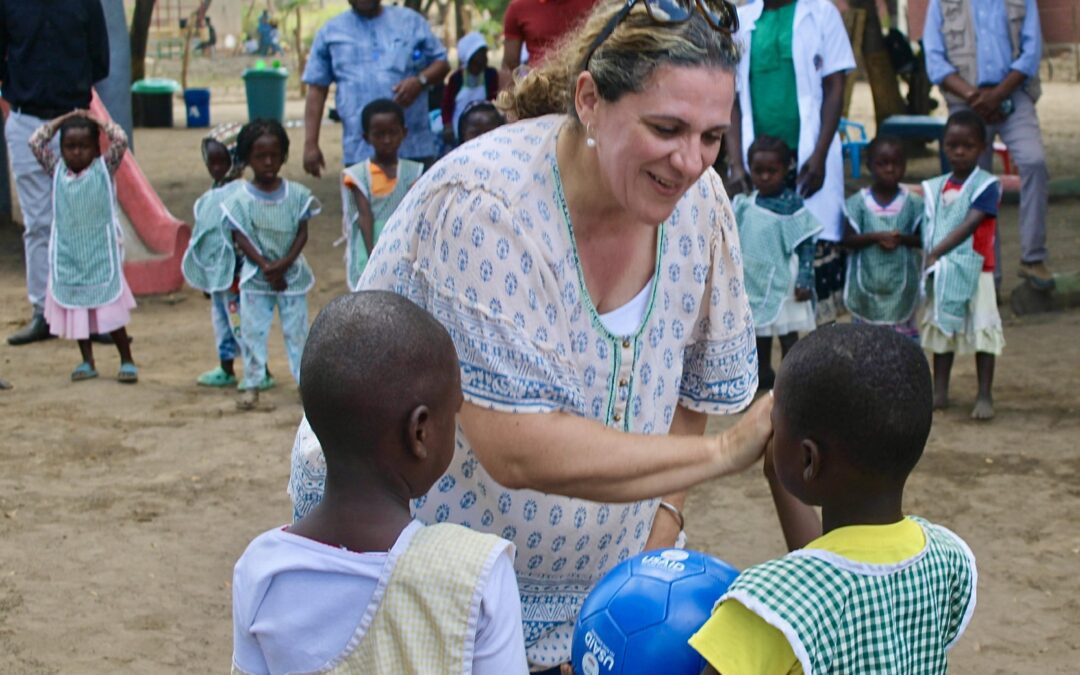
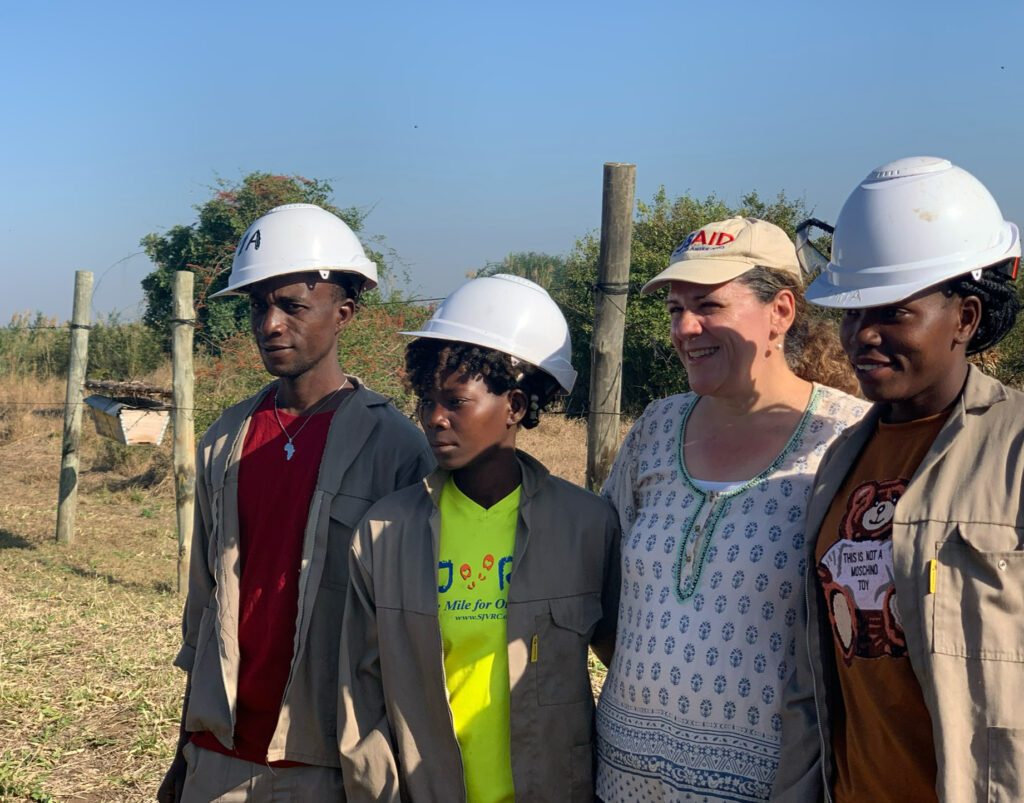
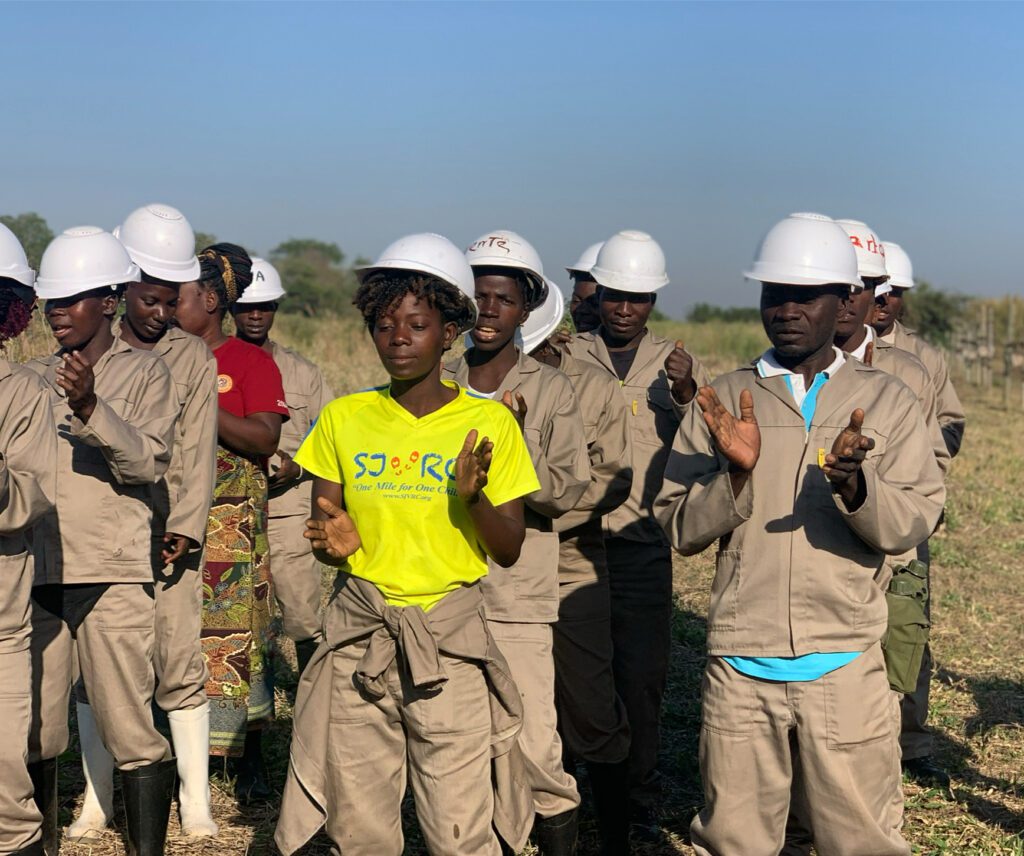


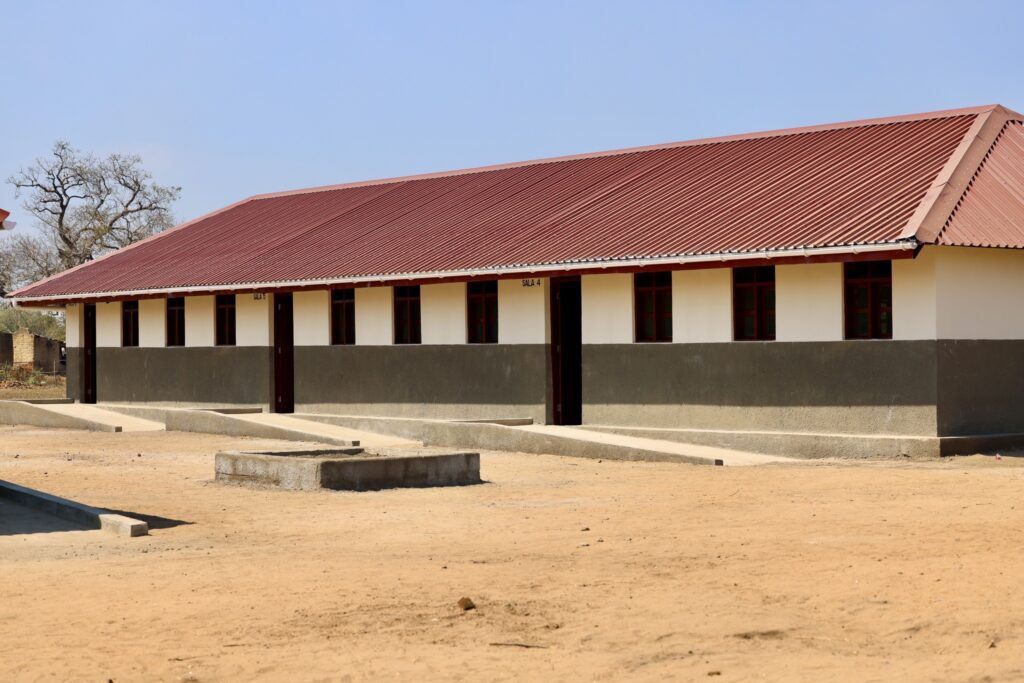
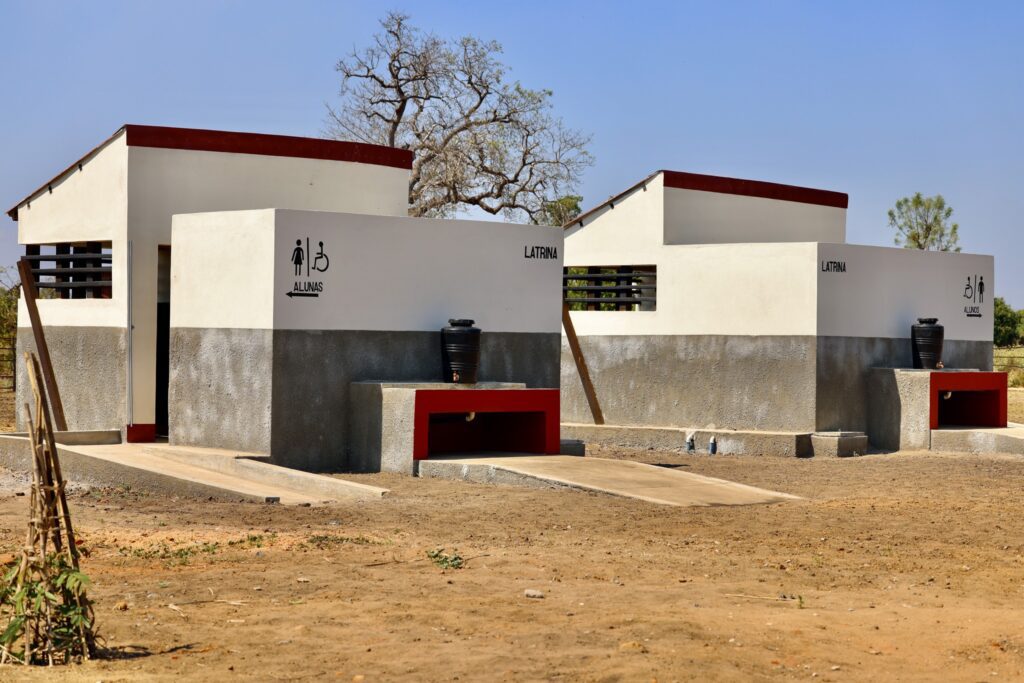
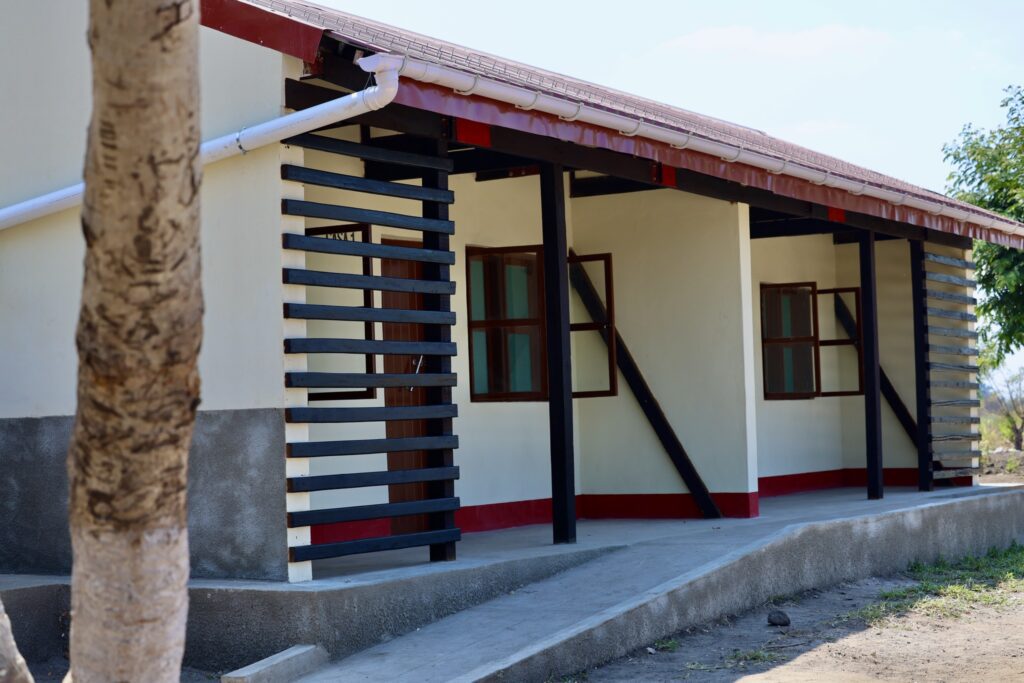

Absolutely remarkable, unmatched in every possible way, my wish is to see tourism promotion, engaging the government to make the park easily reachable by road, I’m a South African who reads and follow the news of Gorongoza, but unfortunately so far, ordinary people from other parts of Mozambique and neibouring countries find it difficult to reach the park road.